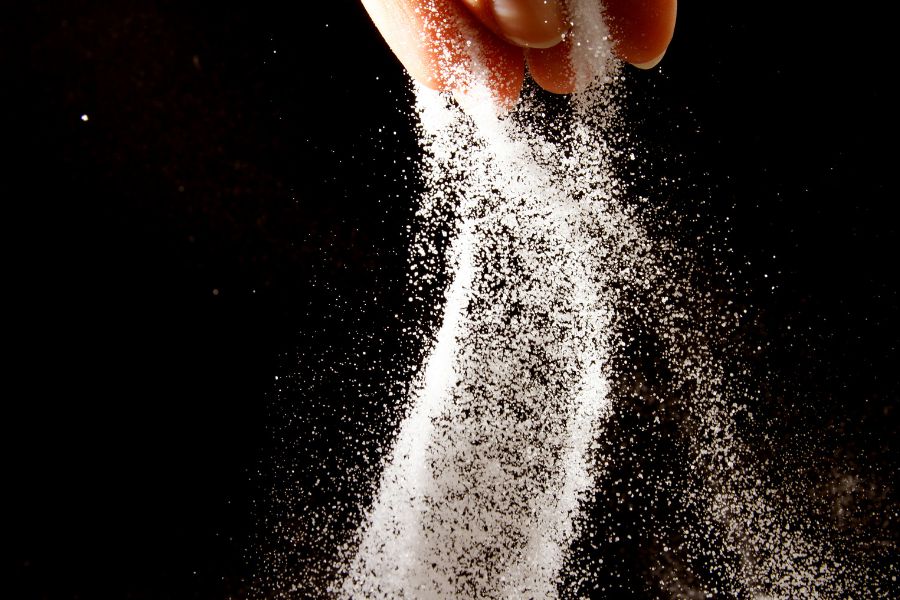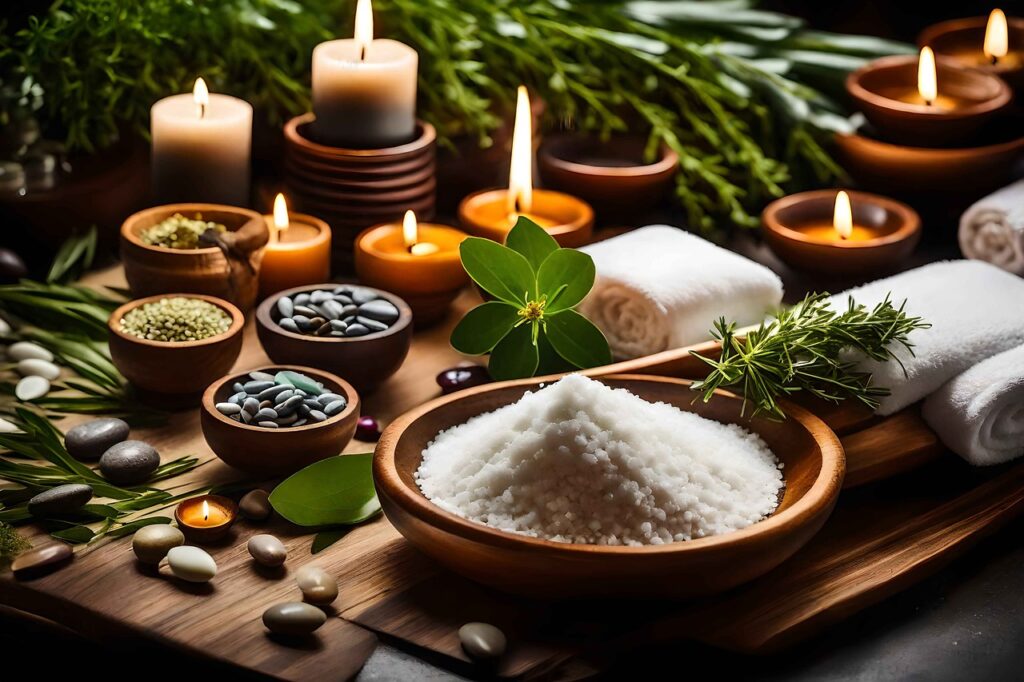
Salt is more than just a seasoning for your food. It’s a vital mineral that we need to consume to maintain good health. From regulating blood pressure to aiding in muscle function, salt plays an important role in our bodies. So next time you reach for the salt shaker, remember that it’s not just a condiment, it’s a necessary part of your diet.
Contents
Salt comes in a multitude of types like fleur de sel, Maldon salt, sea salt, kosher salt, sel gris, table salt, butcher salt, and many more. Although they all serve the same purpose, each of these salts differs in their production style, origin, or structure.
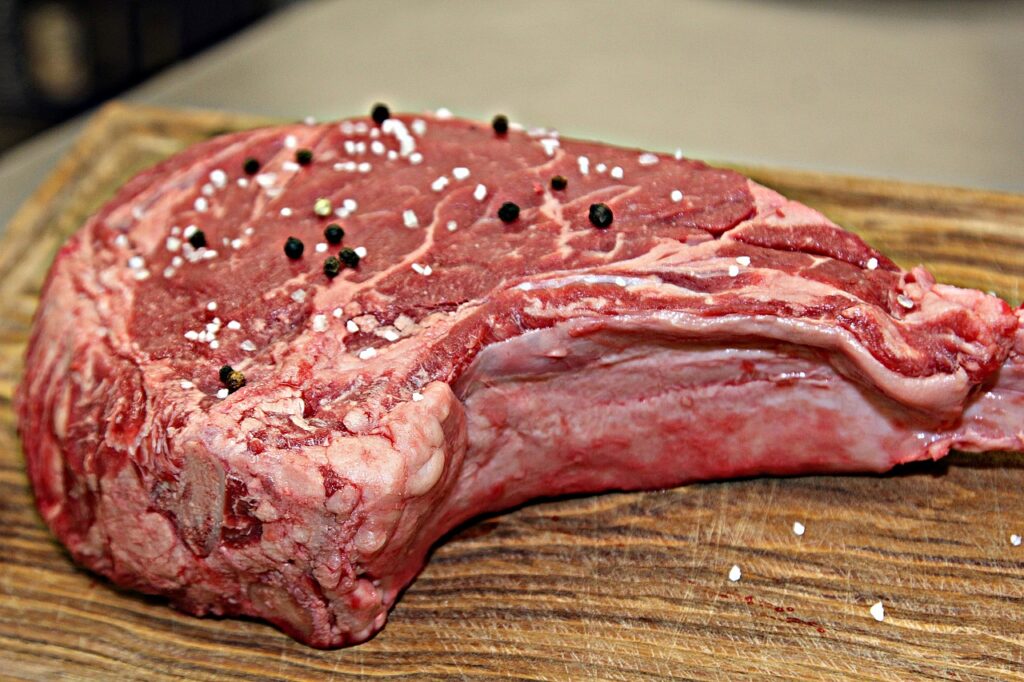
Meats
When it comes to seasoning meats, time is key for achieving delicious flavor. Depending on the type of meat, it is recommended to salt it up to 24 hours in advance. Salt requires time to penetrate the meat, drawing out moisture and breaking down proteins for a more tender texture. Additionally, salt enhances the ability of the meat to absorb other liquid flavors. Brining is an effective method of seasoning meats, which involves a mixture of salt, water, spices, and sugars.
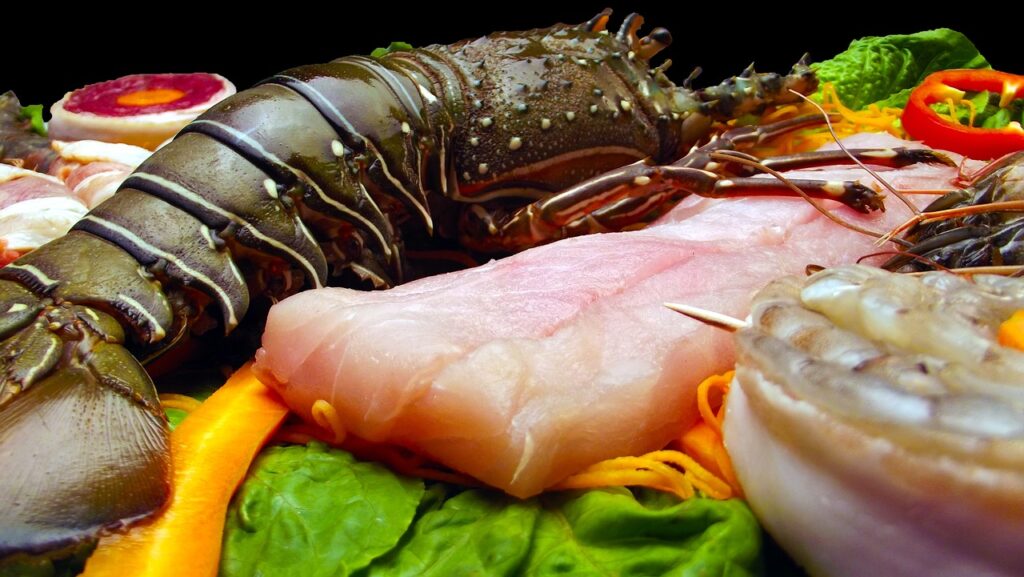
Seafoods
Seafood is a little bit different than meats and poultry when it comes to seasoning. It is important to take note of the effects of salt on the delicate proteins present in most seafood. It turns out that salt can be harmful to the texture and overall flavor of the dish if not used properly. For lighter and flaky fish, it is best to salt for 15 minutes before cooking to ensure that the fish is not over-seasoned. This also helps to retain the natural moisture of the fish and prevents it from becoming dry or tough. On the other hand, thicker cuts of 1 inch or more and tougher types of fish can be salted for up to 30 minutes to help tenderize the meat. When it comes to most other seafood, such as shellfish or squid, it is safe to add salt directly at the time of cooking. However, it is important to use salt sparingly in order to avoid overpowering the natural taste of the seafood. By following these guidelines, you can ensure that your seafood dishes are perfectly seasoned and bursting with flavor.
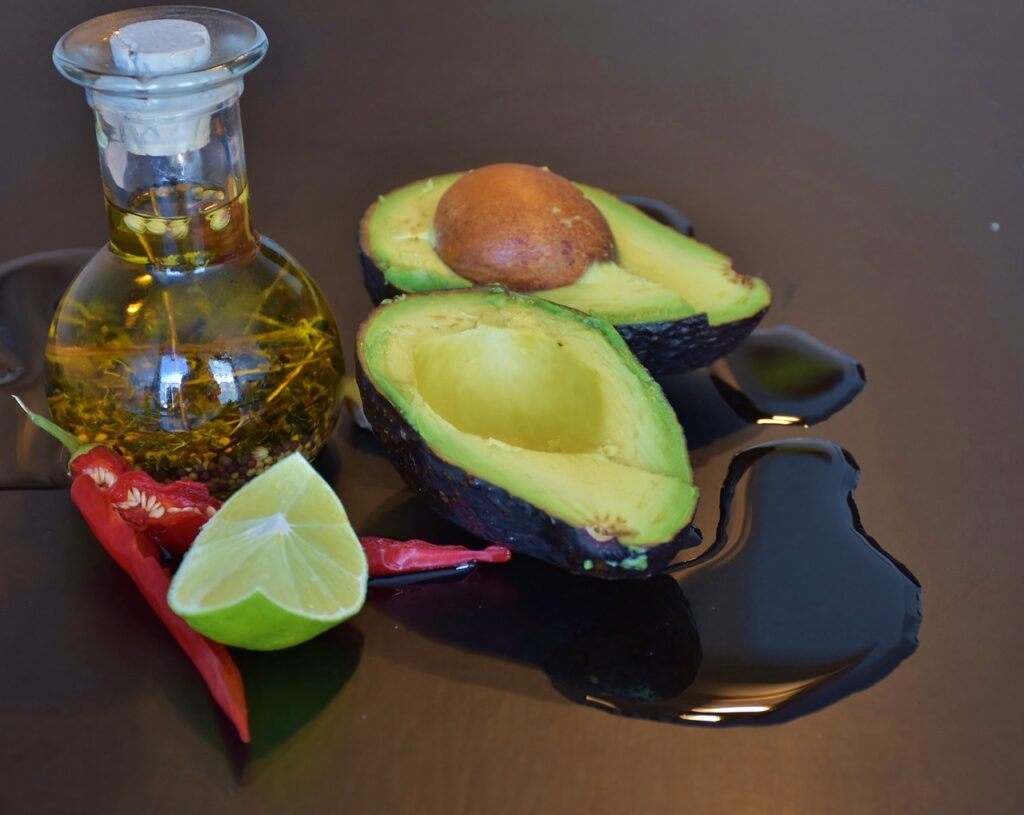
Fats
When it comes to cooking with fats, it’s important to note that salt does not dissolve in pure fat. In order for salt to dissolve, it needs to be combined with some sort of liquid, such as water, juice, vinegar, or another type of liquid. Additionally, it’s worth noting that the fattier the food you’re cooking with, the slower the salt will dissolve. This means that if you’re salting a cut of meat that contains both lean meat and fat, you need to be extra careful. The fatty parts of the meat will dissolve the salt slower than the lean muscle, which can result in different levels of saltiness throughout the meat. To avoid this issue, it’s best to be mindful of how much salt you’re using and to ensure that it’s properly dissolved before adding it to your dish.

Eggs
Eggs and salt make a great combination. Eggs have a tendency to absorb salt easily, and using salt while cooking eggs reduces the cooking time. As a result, the eggs become more moist and tender, while retaining their water content, resulting in a fluffier and tastier final product.
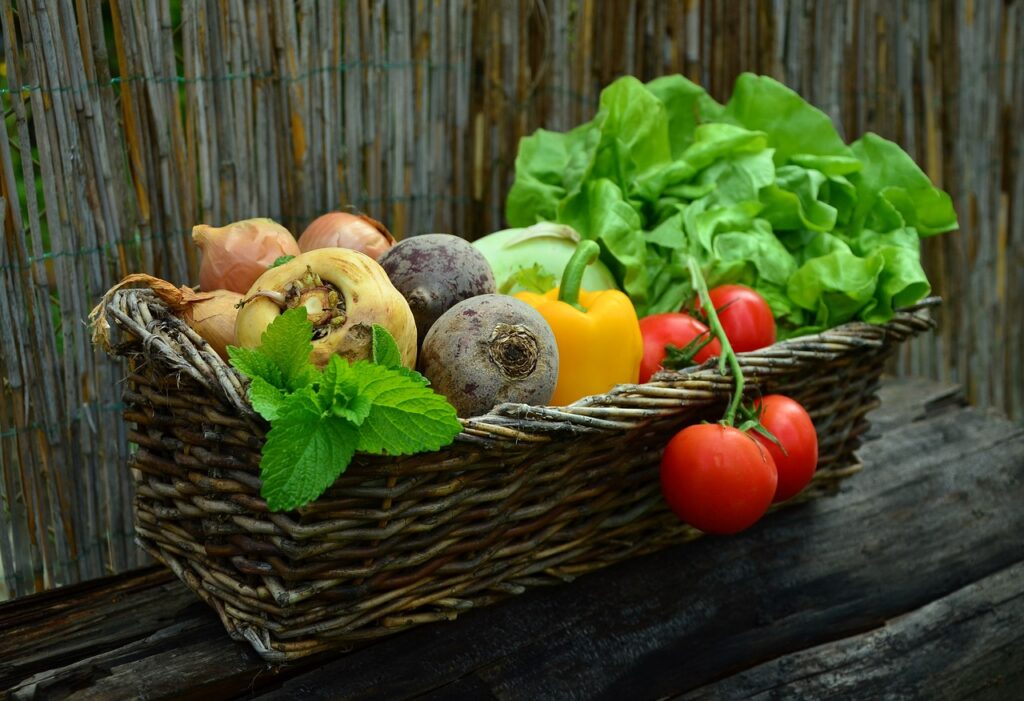
Vegetables, Fruit and Mushrooms
When using salt with vegetables, fruit, and fungi, it’s important to keep in mind that most vegetables and fruit contain undigestible pectin. Salt can help break down pectins, making them more tender and enhancing the flavors in your dish. For roasting, it’s recommended to use a mixture of salt and oil. A quick salt blanch in hot and salty water is beneficial for tougher vegetables like broccoli, cauliflower, and garlic. For large watery fruits and vegetables such as tomatoes and eggplants, you can salt them in advance for 15 minutes. When it comes to mushrooms, add salt only when they begin to brown. Mushrooms are 80% water and will absorb salt quickly, so there’s no need to pre-salt them.
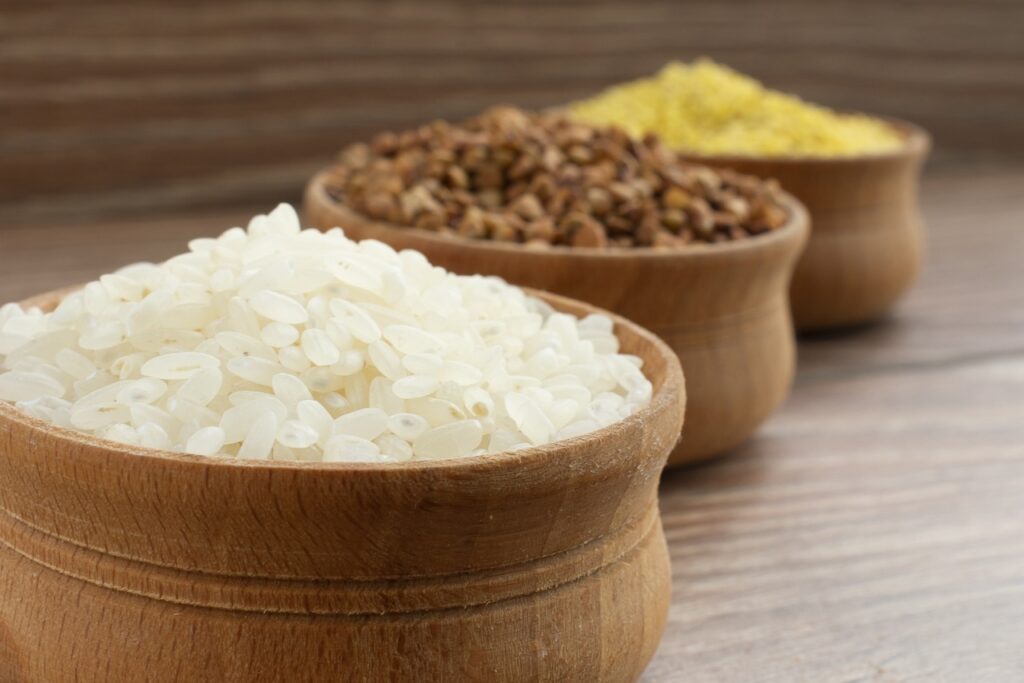
Grains, Seeds and Legumes
When cooking legumes, grains, rice, seeds, quinoa, etc., it’s important to remember that they contain pectin, just like vegetables. Seeds are the protective shells of the plant and ensure its survival from season to season, which means that the tough exteriors may take a little more time for the salt to absorb. These foods need a little bit of time to work, so longer salting times will be required for legumes and grains. However, be careful not to over-salt. Foods that absorb all the water from cooking, like rice and quinoa, will absorb the salt, but not until the outer hard shells break down. Therefore, you won’t be able to taste the salt until you finish cooking.
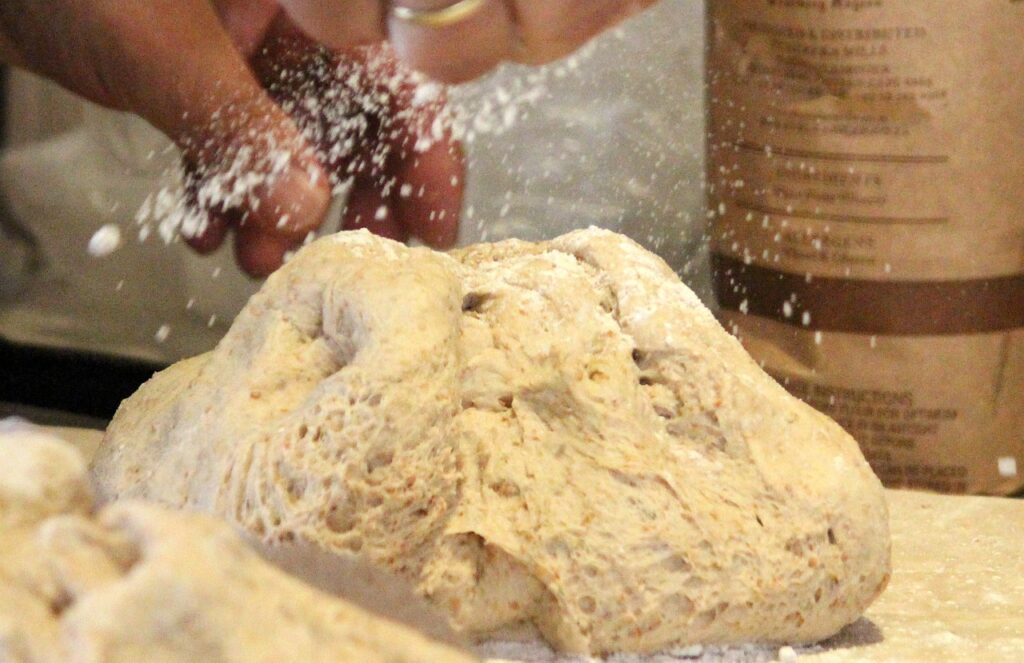
Dough, Pastry and Pasta
When making doughs and batters, it is important to use salt as it helps in strengthening the gluten bonds. However, over-salting can make the dough tough, chewy, and elastic. In case your dough becomes tough, let it rest and it should return to the normal texture. When making bread doughs, you can add salt a little bit early since there is very little water in them, but be careful not to over-salt. On the other hand, when making Italian pasta doughs, it is advisable to leave out salt as the salted water used for cooking will provide the necessary flavor for perfect noodles. When making ramen or udon noodles, you can add salt early to the doughs; this strengthens the gluten bonds and results in more chewy and elastic final noodle, not soft and limp. However, when making batters and doughs like cakes, pancakes, and pastries, it is recommended to add salt later.
Incorporating salt and sugar in your cooking can make a huge difference in the taste of your dishes. Don’t limit yourself to using them in just savory or sweet dishes, but try experimenting with both. Adding a pinch of salt to desserts can create a unique taste while a little bit of sugar can transform your savory dishes. Remember, every area of your mouth has different taste buds tuned to different flavors. So, by using salt, sweet, acid, heat, and fat in your dishes, you can treat every area of your mouth with a different and unique flavor.
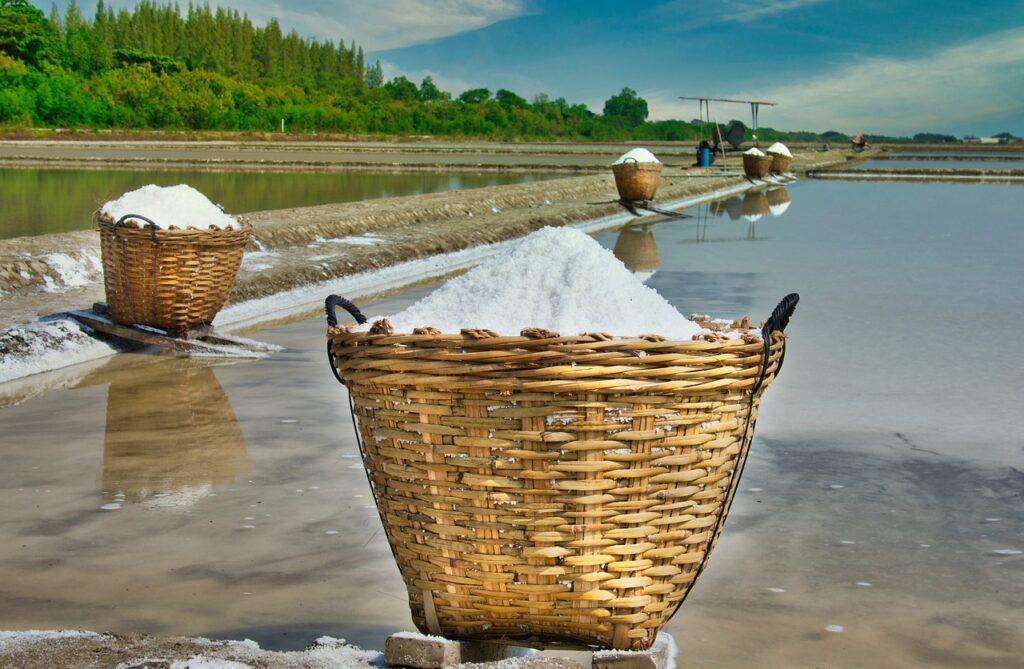
Remember:
Time = Flavor; time salt is slow to diffuse
The more water and heat that are added the quicker your salt will diffuse
Temperature increases salt diffusion
Water promotes salt diffusion
Remember:
salt is a mineral, so it has chemical reactions, where pepper is only a spice
If you over salt a dish and it’s a watery dish (soups, broth, sauces), you can add a peeled potato in the broth while it cooks, it it won’t change the flavor but it will absorb a lot of the salts.
Water evaporates, but salt will never evaporate: the more you add the more you add it will never go away.
Balance your Flavors: a little bit of sugar, a little bit of lemon juice, vinegar, or fat (olive oil) will help balance your salt and your flavors.
Different Table Shakers Across the Globe:
People use salt on most of their tables, but not all the world uses pepper.
France Italy Germany South America and the United States most have salt and pepper shakers on their tables
Morocco, you will find a salt and cumin shaker
Turkey you will find salt and hot chili powder
Middle East you will find salt and za’atar, za’atar is a blend of thyme, oregano and sesame seeds






